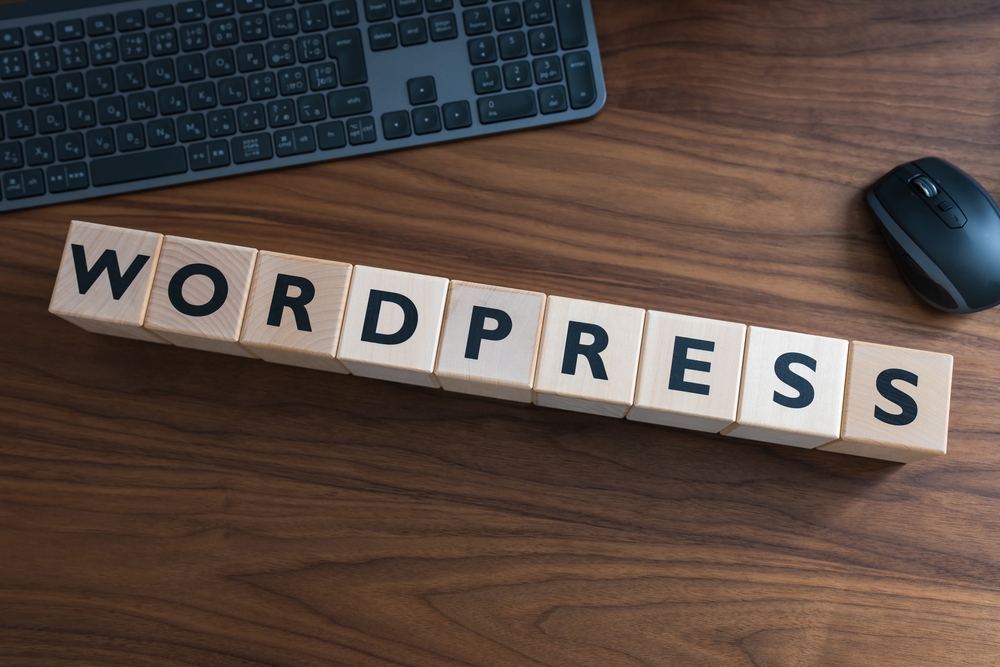
Mastering WordPress: Top Tips for Customizing and Maintaining Your Website

WordPress has emerged as the go-to platform for creating websites due to its user-friendly interface and extensive customization options. Whether you're a beginner or have been using WordPress for some time, there are always new tips and tricks to help you enhance and maintain your website. In this article, we will explore some key techniques to master WordPress (or WP) and make the most out of this powerful platform.
1. Customize Your Theme
One of the biggest advantages of WordPress is the variety of themes available. A theme determines the overall design and layout of your website. To customize your theme, go to the "Appearance" tab in your WordPress (the blogging platform) dashboard and click on "Themes". From here, you can choose from a range of free or premium themes. Once you've selected a theme, click on the "Customize" button to personalize it further. You can change colors, fonts, and even add your own logo to make your website unique and captivating.
2. Install Essential Plugins
Plugins are like mini-apps that extend the functionality of your WordPress website. They provide additional features and help you achieve specific goals. Some essential plugins for any WordPress (the platform for bloggers) website include:
a) Yoast SEO: This plugin helps optimize your website for search engines, improving its visibility and rankings. It provides suggestions to enhance your content, meta tags, and titles.
b) Jetpack: Jetpack offers a range of features such as security, performance optimization, and social sharing. It helps monitor your website's uptime and protects it from spam.
c) WooCommerce: If you plan to sell products or services on your website, WooCommerce is a must-have plugin. It allows you to set up an online store with ease.
d) Contact Form 7: Contact Form 7 simplifies the process of creating and managing contact forms on your website. It enables visitors to get in touch with you while keeping spam at bay.
3. Utilize Widgets and Sidebars
Widgets allow you to add additional content and functionality to different areas of your website, such as the sidebar, footer, or header. To access widgets, navigate to "Appearance" and click on "Widgets". You can drag and drop widgets to the desired location and customize them according to your needs. Popular widget options include recent posts, search bar, social media icons, and newsletter signup forms. Utilizing sidebars effectively can improve user experience and make your website more engaging.
4. Optimize Your Images
Large and unoptimized images can significantly impact your website's loading speed, leading to a poor user experience and lower search engine rankings. To optimize your images, you can use plugins like Smush or ShortPixel, which automatically compress images without compromising quality. Additionally, ensure that the dimensions of your images are suitable for the section where they are displayed. This will help maintain a visually appealing website without sacrificing performance.
5. Regularly Update WordPress (WP) and Plugins
WordPress periodically releases updates to enhance security, fix bugs, and introduce new features. It's crucial to stay up to date with these updates to ensure your website remains secure and functions smoothly. Similarly, updating your plugins is equally important. Outdated plugins can pose security risks and may conflict with newer versions of WordPress. By regularly updating both WordPress and your plugins, you can keep your website secure, stable, and compatible with the latest features.
FAQs (Frequently Asked Questions):
Q1. Can I switch my WordPress theme after creating content?
A1. Yes, you can switch your WordPress theme at any time. However, you should be cautious as changing themes can sometimes affect the appearance and functionality of your website. It's recommended to create a backup of your site before switching themes to avoid potential issues.
Q2. Are premium themes worth the investment?
A2. Premium themes often provide advanced customization options, regular updates, and dedicated support. They can be a worthwhile investment if you're looking for a unique and professional website. However, there are many free themes available that can also meet your needs if you're on a budget.
Q3. How can I improve the speed of my WordPress site?
A3. Website speed is crucial for user experience and search engine optimization. Some ways to improve speed include optimizing images, using a caching plugin like WP Rocket, choosing a reliable hosting provider, and minifying CSS and JavaScript files.
Q4. Can I make money with WordPress?
A4. Yes, WordPress provides various opportunities to monetize your website. You can display ads using services like Google AdSense, sell products through WooCommerce, offer membership subscriptions or online courses, or even provide freelance services and showcase your portfolio.
Q5. Is it necessary to have coding knowledge to use WordPress?
A5. No, you don't need coding knowledge to use WordPress. It is designed to be user-friendly, allowing you to create a website without any programming skills. However, having basic HTML and CSS knowledge can be beneficial for more advanced customization.
In conclusion, mastering WordPress involves personalizing your theme, utilizing plugins and widgets, optimizing images, and keeping your website up to date. By implementing these tips and exploring the vast range of options WordPress offers, you can create a professional, functional, and visually appealing website that fulfills your specific requirements. Whether you're a blogger, small business owner, or aspiring web developer, WordPress empowers you to showcase your online presence with confidence.
Other useful resources
- https://www.wordpress24plus.com/services/
- https://www.wordpress24plus.com